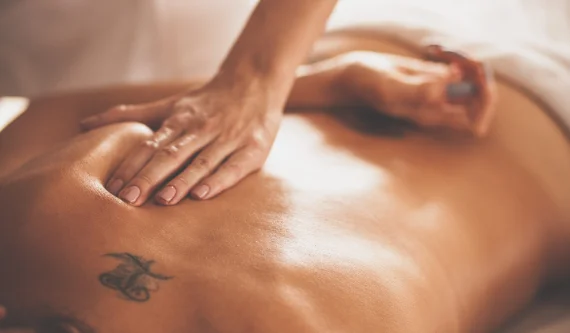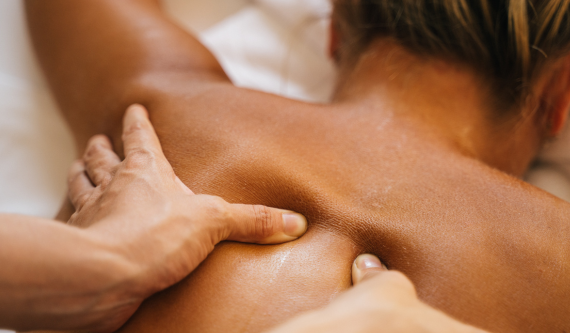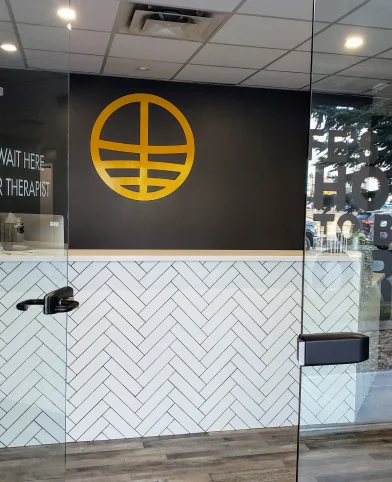Many people experience muscle soreness after a massage, particularly following deep tissue techniques. This discomfort is often temporary but can still be frustrating, especially if you’re eager to continue with your daily activities. Soreness is a natural response to the muscle manipulation that occurs during the session, as it helps release built-up tension and promote healing.
Understanding why this soreness happens and learning how to manage it can significantly enhance your recovery process, reduce discomfort, and improve your overall well-being. By recognizing the underlying causes and employing effective strategies to alleviate soreness, you can enjoy the full benefits of your massage therapy without prolonged discomfort.
Why Muscles Feel Sore After a Massage
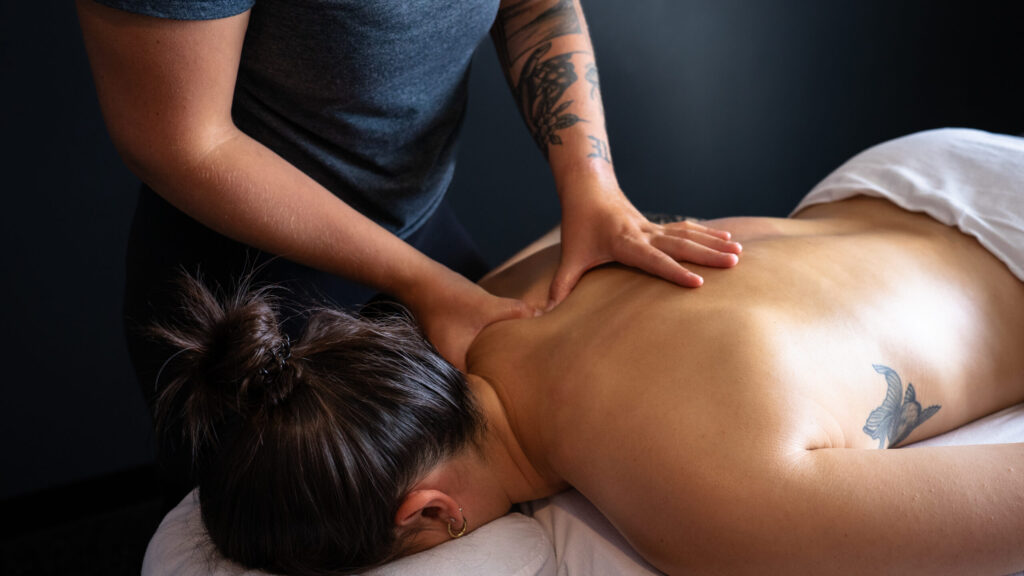
Muscle Manipulation and Microtears
Massage techniques, especially those involving deep pressure, work by manipulating muscles to release tension and improve blood flow. This can cause microscopic tears in muscle fibers, similar to what happens after an intense workout. These tiny tears trigger the body’s natural healing process, leading to inflammation and temporary soreness.
Release of Metabolic Waste
Massage stimulates the lymphatic system and increases circulation, which helps flush out metabolic waste like lactic acid. However, this release can contribute to post-massage soreness as your body processes and eliminates these substances.
Stretching of Tight Muscles
When tight or knotted muscles are stretched and manipulated, they may feel sore as they adapt to their new, relaxed state. This adjustment period is a sign that your muscles are responding to the therapy.
Increased Circulation and Nerve Sensitivity
Improved blood flow to previously restricted areas can make muscles more sensitive temporarily, leading to mild discomfort after the session.
Differentiating Between Soreness and Pain

It’s crucial to distinguish between expected post-massage soreness and actual pain, which could indicate injury or a reaction to overly aggressive techniques. Key differences include:
- Soreness: Feels like mild to moderate muscle ache, typically subsiding within 24-48 hours.
- Pain: Feels sharp, persistent, or localized and may indicate tissue damage or nerve irritation.
If pain persists or worsens after a few days, it’s important to consult a healthcare provider.
How to Alleviate Post-Massage Soreness
1. Stay Hydrated

Drinking water after a massage helps flush out toxins released during the session and supports muscle recovery. Proper hydration also reduces the risk of cramping and stiffness.
2. Gentle Stretching
Incorporate light stretching exercises post-massage to enhance flexibility, reduce tension, and aid in recovery. Focus on the areas that feel the most tender.
3. Heat and Cold Therapy
- Heat: Use a warm compress or take a warm bath to relax muscles and promote blood flow.
- Cold: Apply an ice pack to reduce inflammation and numb soreness.
Alternating between heat and cold therapy can be particularly effective.
4. Rest and Recovery
Avoid strenuous physical activities for at least 24 hours after your massage to allow your muscles to heal and adapt.
5. Epsom Salt Baths

Soaking in a warm bath with Epsom salts can reduce soreness, relax muscles, and provide additional magnesium, which aids in muscle recovery.
6. Self-Massage Tools
Consider using foam rollers, massage balls, or handheld devices to gently target sore areas. Avoid applying excessive pressure.
7. Anti-Inflammatory Remedies
Natural anti-inflammatory options like turmeric tea, ginger, or over-the-counter pain relievers (if necessary) can help alleviate discomfort. Always consult a healthcare professional before taking any medication.
Proactive Steps to Reduce Future Soreness
Taking a proactive approach before and after your massage can significantly minimize the likelihood of post-session soreness. By preparing your body for the treatment and adopting habits that enhance recovery, you can make each session more enjoyable and effective.
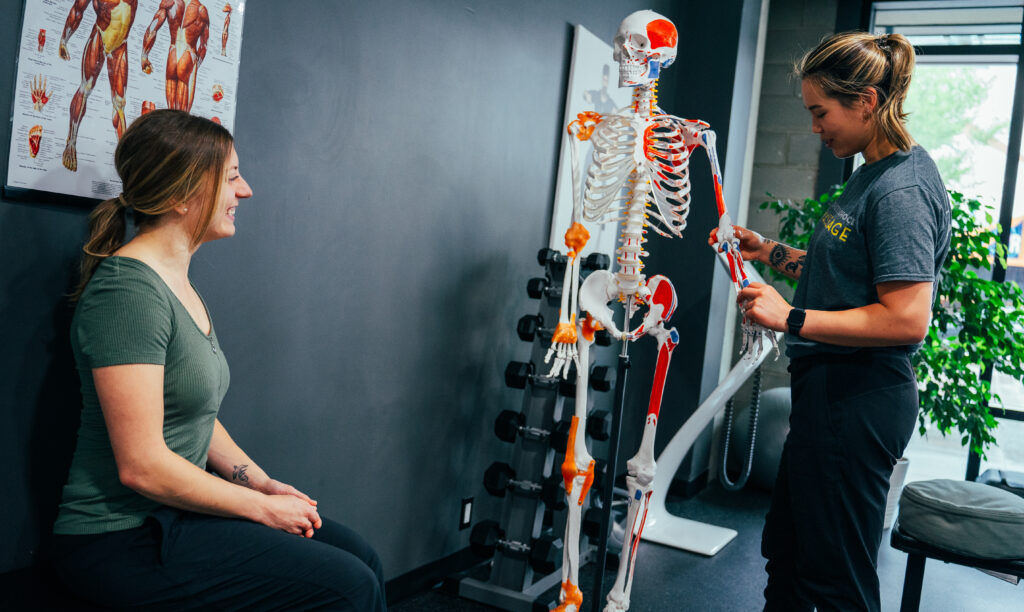
These steps not only reduce discomfort but also help your body adapt to the therapeutic benefits of massage, ensuring a smoother recovery process over time. Here’s how you can set yourself up for success:
- Communicate with Your Therapist
Let your massage therapist know about your pain tolerance and areas of sensitivity. Adjusting the pressure and techniques can help prevent excessive soreness. - Regular Massages
Frequent massage sessions can condition your muscles over time, reducing the likelihood of soreness after each treatment. - Stretch and Warm Up
Incorporate regular stretching and light exercise into your routine to improve flexibility and muscle resilience. - Practice Relaxation Techniques
Deep breathing and mindfulness exercises during your massage can help your body relax more fully, minimizing post-session discomfort.
To experience personalized massage therapy, visit our Downtown Edmonton Massage location for tailored treatments that cater to your needs.
When to Seek Medical Attention

While soreness is normal, certain symptoms warrant further evaluation, including:
- Swelling or inflammation
- Persistent pain lasting more than three days
- Numbness, tingling, or weakness in the affected area
- Sharp or shooting pain
These symptoms may indicate underlying issues such as nerve compression, tissue damage, or other conditions requiring medical intervention.
Enhancing Your Recovery Process
Post-massage soreness is a common experience, especially after deep tissue massages, which target deeper muscle layers and often result in temporary discomfort. While this soreness is a natural part of the healing process, understanding its causes and learning how to manage it can significantly speed up your recovery and enhance your overall massage experience.
Key strategies such as staying hydrated, engaging in gentle stretching, using heat and cold therapy, and ensuring proper rest are essential to easing discomfort. These steps not only help alleviate soreness but also promote muscle recovery, ensuring that your body benefits fully from the therapeutic effects of the massage. By following these practices, you can reduce any post-massage discomfort and get back to feeling your best.


